Like the aging time and production location, the cow breed which delivers the milk for Parma cheese makes a difference in taste and consistency. The variation in fat and casein content gives the milk a different structure, resulting in different cheeses and tastes.
Bianca Modenese cow is the traditional breed in the provinces of Modena, Reggio Emilia, Parma, Bologna and Mantova, it has perfectly adapted to the environment and is one of the two native breeds for making the Parmigiano Reggiano, the other is the Red Reggiana.
Traditional cow breeds for parma cheese
We distinguish between three different breeds for making parmigiano reggiano:
- modern milk cow (Holsteins, Jersey)
- la Rossa Reggiana
- la Bianca Modenese
The modern milk cows are used in the flat area (Pianura) to produce Parma cheese for the export, that’s what you find in supermarket shelfs around the world – still high quality Parmigiano Reggiano. These breeds were selected mostly for their high yield, but when it comes to cheese they have disadvantages compared to ancient breeds.
The traditionall breeds of Reggiana and Modenese were at home at the small farms in this area, the milk used for making Parmigiano cheese, the meat for nutrition and the “manpower” for working in the fields. In the 1960s – Parmigiano cheese became famous worldwide – the numbers started to decline when breeders substituted the White Modenese with breeds from Holland, that were known for their productivity (3 times more milk) and with perfect udders for mechanical milking.
What makes Parma cheese from the mountain area so special?
The milk of bianca modenese and reggiana cows stands out for its high protein, calcium, phosphorus and citric acid content. It loses fewer proteins in the whey, which makes the cheese richer and more easy to digest. The milk from native breeds remains the best, with the lower yields meaning the milk is better adapted for cheese making. This characteristic makes the Parmigiano Reggiano bianca modenese / vacche rosse better suited to long ageing (up to 40 months) as it doesn’t develop the bitter flavor that conventional cheese can acquire when aged for too long.
Today, a few historical breeders have started up a project to recover this indigenous breed and by tasting the cheese of the white Modenese or red reggiana, you´ll love that cow! The cheese is marked with bianca modenese or vacche rosse reggiane, it’s slightly more expensive and you get it at farm shops in the mountains (www.caseificiorosola.it/) or at the Slowfood market in Bologna www.earthmarkets.net/network/bologna


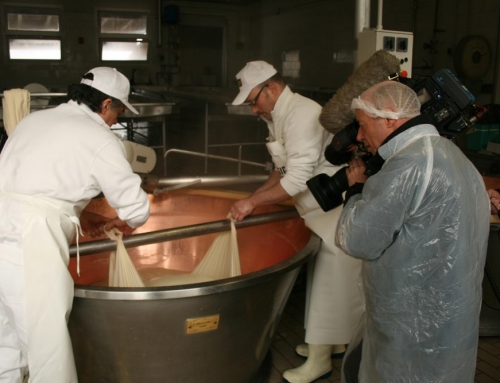
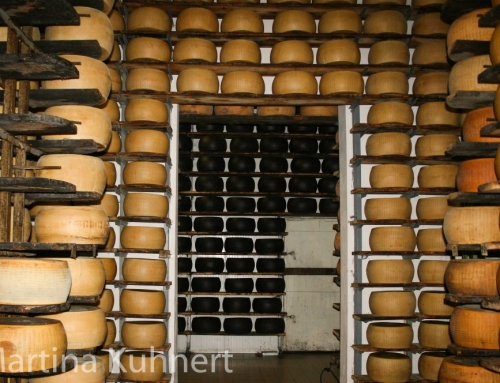
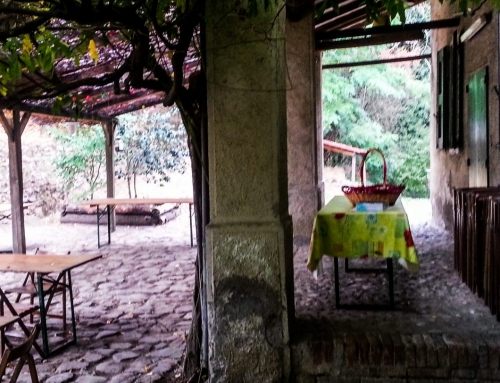
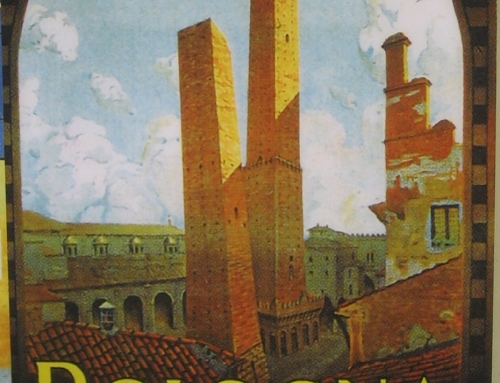
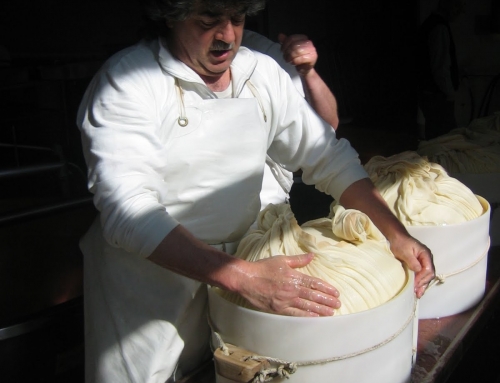
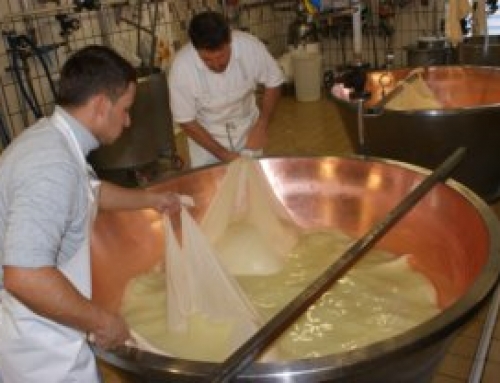
Leave a Reply